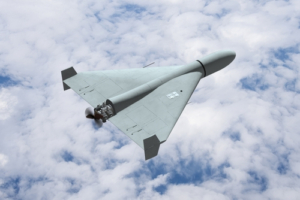At Extreme Investor Network, we strive to provide unique insights and valuable information for our readers. Today, we will be delving into the complex realm of international relations and military strategies, specifically in the context of the US-China-Taiwan triangle.
One burning question that has been on the minds of many is the feasibility of the US defending Taiwan in the face of a potential Chinese invasion. This topic has been a subject of much speculation and debate, and we are here to shed some light on the matter.
The traditional approach of relying on fighter jets like the F15, F16, F22, and F35s for defense poses significant challenges when it comes to Taiwan. These aircrafts have a limited range of 500 to 600 miles with a substantial payload of weapons. The only US air base that could potentially be used to defend Taiwan is Kadena in Japan’s Okinawa prefecture, which is 450 miles away. However, in the event of a Chinese invasion, the base could be targeted and rendered inoperable, leaving the US fighters without a secure home base.
To address these limitations, there has been a growing shift towards utilizing unmanned drones for defense purposes. Drones have the advantage of extended flight ranges of up to 900 miles and can operate from small island airstrips, such as those in The Philippines. This shift towards drone technology is not only more cost-effective but also aligns with the changing dynamics of modern warfare.
In light of these developments, the US Air Force has been reevaluating its strategic priorities and considering the role of next-generation stealth fighters in supporting drone operations. These fighters could potentially serve as “mother-ships” for controlling drones, paving the way for a new era of defense tactics.
The evolving landscape of military technology and tactics underscores the increasing importance of adapting to the realities of modern warfare. As tensions rise with China, it is crucial for the US to stay ahead of the curve and explore innovative solutions for safeguarding its interests in the region.
Stay tuned to Extreme Investor Network for more cutting-edge insights and analysis on the intersection of economics, geopolitics, and strategic investment opportunities. Subscribe to our newsletter to receive exclusive updates and expert opinions on the latest developments shaping the world of finance and global affairs.

